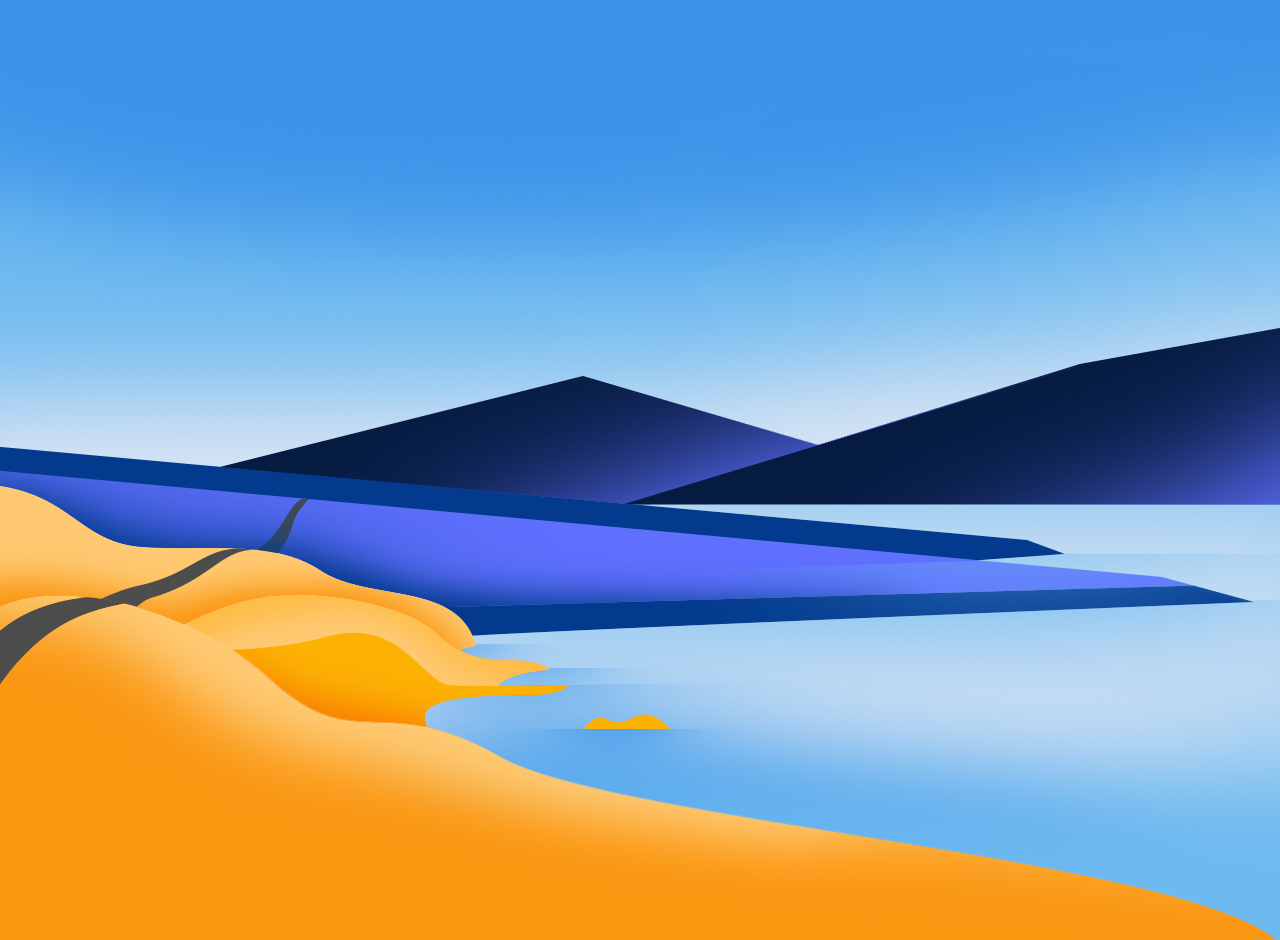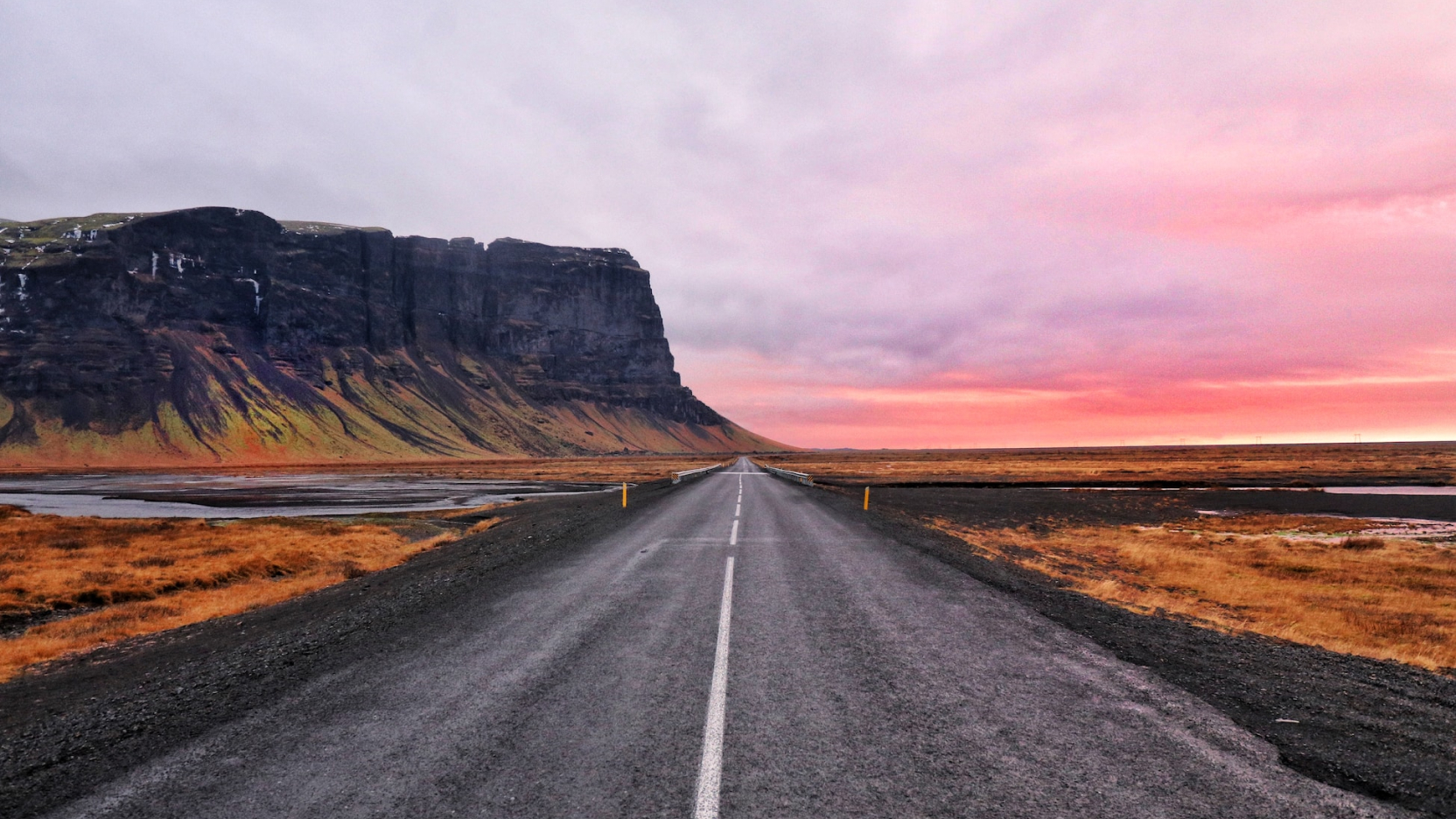

When can you drive off road?
During the summer.

During winter.

As long as I‘m driving a 4x4 vehicle.

Never.

Submit

Wrong!
That is wrong! Off road, driving is illegal no matter the circumstances and the penalty is up to 400.000 ISK per passenger.
Next question

Score: 0%
Oh dear, You need more preparation, but not to worry, you can find everything you need to know about travelling safely in Iceland here on the webpage. After a thorough reading, retake the test.
Score: 0%
A bit unsure? When it comes to driving, it is better to be sure that you are ready. We suggest that you retake the test after you have taken a bit closer look to our pages about Safe driving and Driving in Iceland.
Score: 0%
Well done. You look quite ready to start driving in Iceland. However, we suggest that you retake the test after you have taken a bit closer look to our pages about Safe driving and Driving in Iceland.
Score: 0%
Great score! Looks like you are ready to travel safely around Iceland! Have a nice drive!
Score: 0%
Perfect score! Look at that! It seems like you are ready to travel safely around Iceland! Have a nice drive!

Home

Safe driving

Driving conditions

Driving in Iceland

Car information

Interesting places

Driving test

FAQ

About us
Cookie policy and disclaimer.
Safe.is uses cookies to optimise your experience of our website. Safe.is does not guarantee the accuracy of the data posted on the site. By using this site you agree and acknowledge that Safe.is is in no way responsible for any inconveniences or issues that you might experience as a result of information posted on this site.
Accept
Read more
Driving in Iceland.
Get to know general information about driving in Iceland, such as the speed limit, signs, fines and information about highland driving
Before you head out.
Before you start your journey on the Icelandic roads, you should consider few things.

Have you checked the weather and road conditions?

Are your tires appropriate for the road conditions you will be driving in?

Are all lights functioning?

Do you have enough wiper fluid?

Do you have a ice scraper?

Do you have enough gas for the planned trip?

Do you know where gas stations are located near your route?

Is your phone charged?

Do you have supplies to last the trip?

Do you have weather appropriate clothes?
Speed limit in Iceland.
Please take note of signs indicating the speed limit for a given road. The traffic signs indicate the maximum speed, but always drive slower if road and/or weather conditions are bad.
The following general rules apply regarding the maximum speed in Iceland, but be aware there are numerous exceptions.

Populated areas

Gravel roads maximum speed

Highways maximum speed
Road signs in Iceland.
Get to know the special Icelandic traffic signs.

Restriction
Warning
Information
Road
Icelandic
Warning signs are meant to indicate dangers requiring special attention and care. They are usually triangular and often accompanied with Icelandic or English text in a box shaped sign.

No entry
This sign means no entry. Meaning that if you are driving on a road and seeing this sign you are probably going the wrong way.
Fines.
Driving in Iceland is an exciting experience but there are many rules to follow and breaking some of them carries a penalty. Always obey the speed limits, take care to park in a safe place and don’t go off road. Here we cover the fines associated with breaking some of these rules. These are guidelines and your experience may vary.

General
Speed
Parking
Off road
There are rules of conduct on the roads of Iceland to ensure the safety of yourself and others on the road. Violating these rules can incur a fine.
Offence
Fine
Highland driving.
Highland driving is very popular during the suxmmertime. However it requires a very specific set of skills and vehicles. Conditions can change even more rapidly than on lowlands and roads often require you to cross unbridged rivers. can be rough and you may not reach speeds much over 40 km/h so make sure you plan for enough time. Because of this it’s extremely important to gather information about the area you are travelling over and leave a detailed Travel Plan at safetravel.is.
Only travel with a 4x4 vehicle and plan your trip carefully. A normal city car will not fare well in the highlands.
Driving in the highlands will inevitably lead you to a river crossing. Keep the following things in mind:
There is no insurance that covers any damage that can be lead to crossing rivers or any body of water. The risk is yours and damages can cost thousands of euros/dollars.
Do not cross a river unless you are a 100% sure you will be able to get to the other side – if you are unsure, wait for the next car to come by and discuss if you can go or not.
The current and depth of the rivers changes rapidly according to glacial melt and precipitation. Keep in mind that rivers can become impassable after a heavy rainfall.
Be sure of the route you are going to take before entering the water.
Put your car in a low-gear and cross the river slowly (5 km/h) and steady – do not switch gears while in the water!
Always try to go down stream as going against the current will increase the risk of water going into your engine.
Even the smallest of rivers have lead to some costly damages simply because of the drivers choosing the wrong routes or going too fast.
Do NOT enter the river where it seems calm – this is a sign of depth and is not the ideal spot to cross.
Do not be fooled if large modified vehicles make the trip. They can cross the rivers at higher speeds because they are equipped with a snorkel – allowing the air intake of the engine to be at a higher point than on normal vehicles. Make sure you know the capabilities of your vehicle.
112
Emergency call number
1777
The Icelandic Road and Coastal Administration
Have a question?
Cannot find what you are looking for? Check out our frequently asked questions or send us a question.
Check our FAQ

How do I drive on a gravel road?

What do I do when my car is sliding?

What are the dangers of driving during winter?

Check our FAQ



